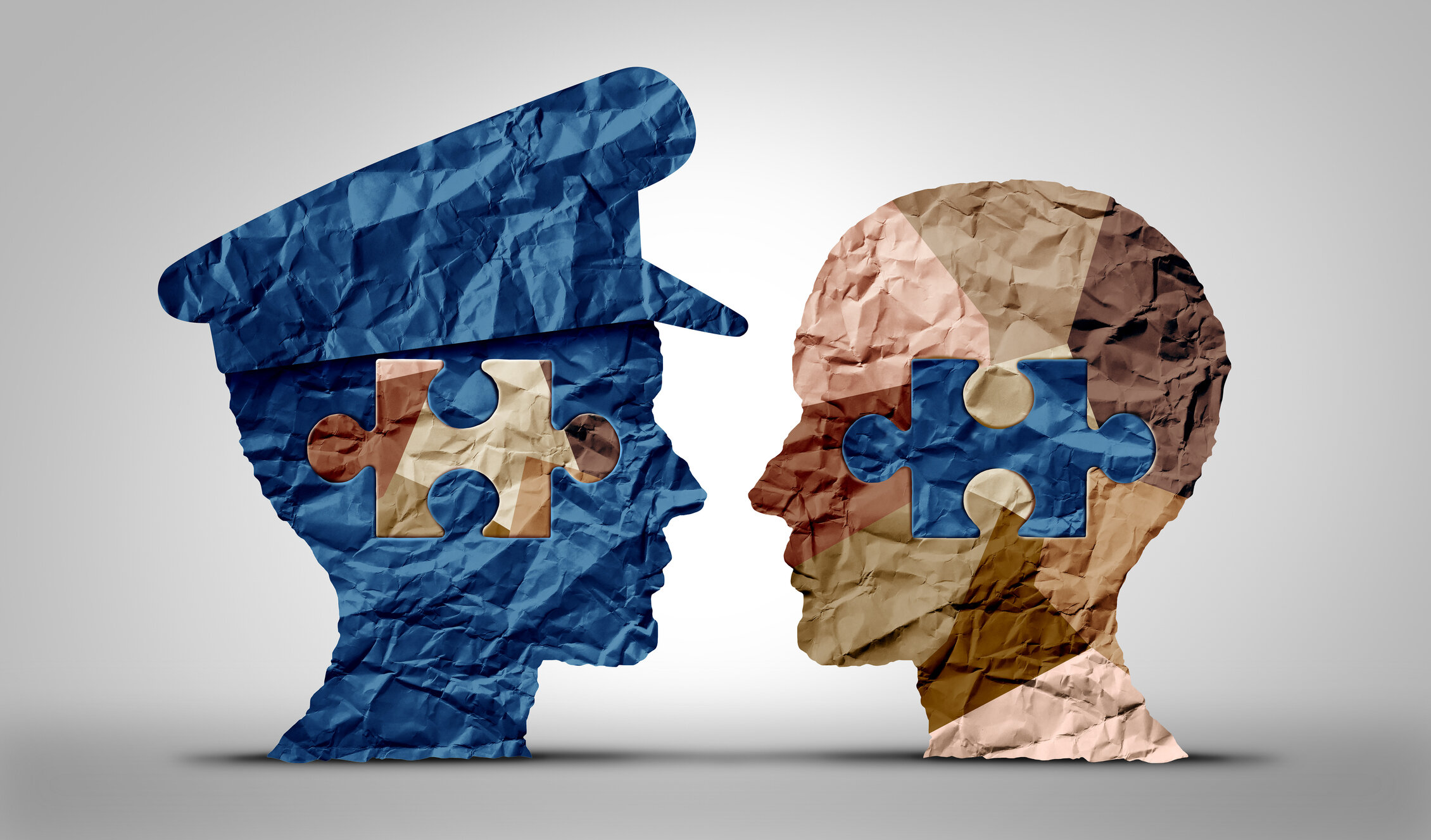Blog
Are We Safe? Implicit Bias and the Criminal Justice System (Part II)
The unknown beliefs we carry about other people shape our view of the world. Implicit bias highlights challenges faced in black and brown communities. We all have unconscious beliefs, but when people of color struggle to get a job, a raise or promotion, buy a home, go to school, drive a car or walk down the street because of the color of our skin, it's a problem we cannot continue to ignore.
Are We Safe? Implicit Bias and the Criminal Justice System (Part I)
The media paints a picture of who we are and what we do. Right or wrong, the media spreads messages of “what’s good and what’s bad”., what to trust and what to avoid. Historically, black people have been labeled as angry, lazy, poor, thieves, drug dealers or addicts, dangerous, or violent. I know there’s more to add to this list, but I think you get the point. In other words, media says black is bad. We see this in newspapers, movies and music. Tell a message long enough and people will believe it.
The Face of Inequity
Many of the problems faced among black and brown populations are systemic, crossing almost every aspect of life. For example, the disparities surrounding access to and the quality of health care received by black and brown people is not equal to the access and quality of health care received by white people; black and brown people experience homelessness at higher rates than whites, largely due to long-standing historical and structural racism, disparate access to credit and homeownership, and the consistent devaluation of homes in black neighborhoods makes it extremely difficult to build equity and accumulate wealth through homeownership…
Holding the Sheriff Accountable
Black and brown men are far more likely to be stopped and searched by police, charged with crimes and sentenced to longer prison terms than white men found guilty of the same offenses. Add to this the violent acts of police brutality, criminal justice reform is needed now more than ever.



